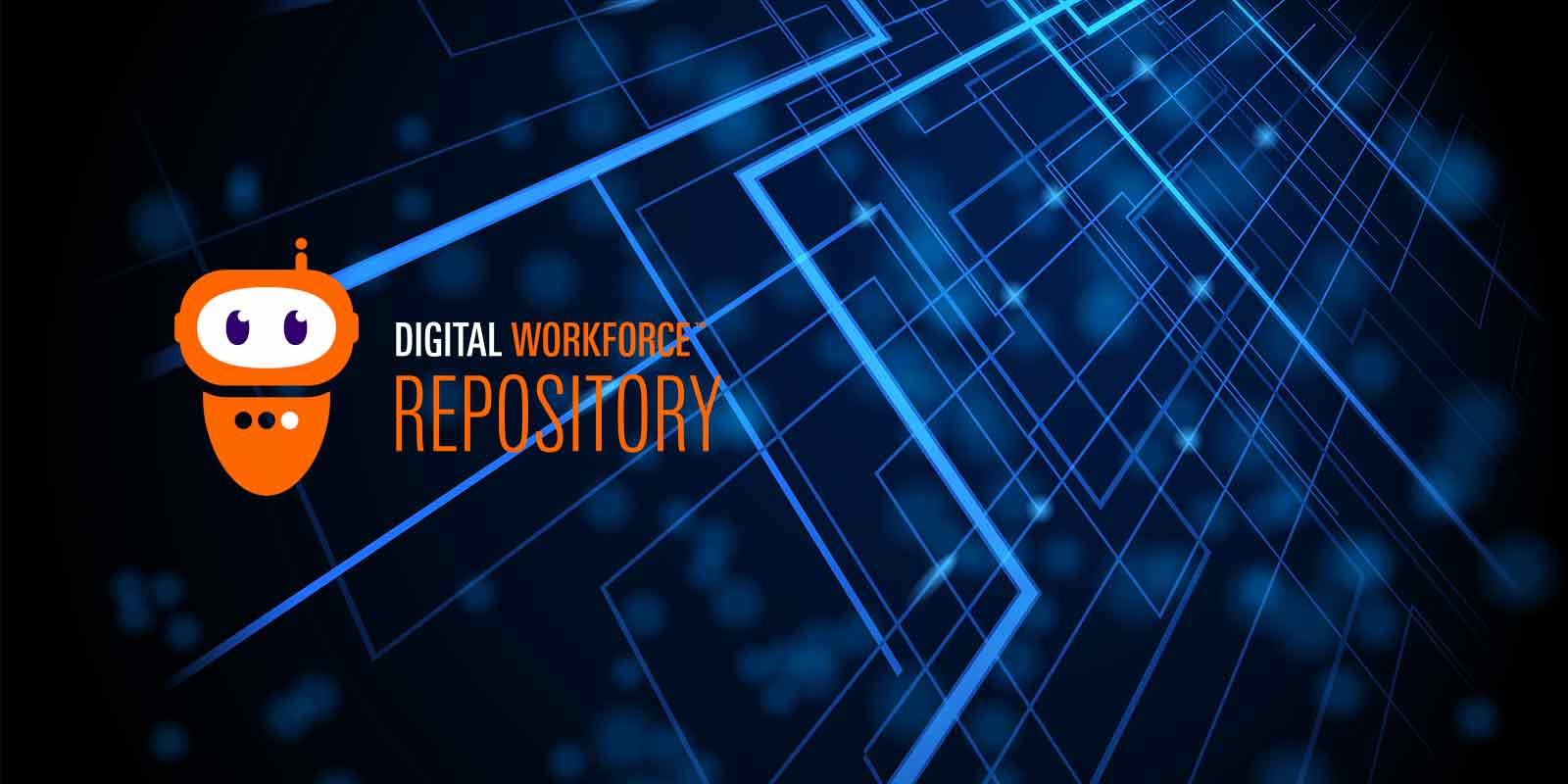
Introducing Digital Workforce Repository – Applying RPA is faster and easier than ever before!
Digital Workforce Repository, the client organization’s own object library allows our customers to apply RPA faster and easier than ever before. But how does it exactly work? And who can most benefit from it?
Who is it for?
We developed the Repository tool to respond to the needs of large knowledge-intensive organisations. These organisations, such as banks and insurance companies, perform many backbreaking and time-consuming routines that perfectly fit digital workers. In fact, the use of digital workers is becoming more and more popular in these organisations for exactly this reason.
As digital workers become more commonplace, and robots are being utilized in new departments, demand for developers increases. Large organizations often have one or more robotics teams that search for new automatable processes and refine solutions to optimize operations. How do we ensure that the development work is efficient and the performed tasks aren’t overlapping? What about development quality, is it consistent? This is where the Repository-tool becomes of high value.
How does it work?
When the robotics team deploys a new digital worker, reusable parts or automation objects are created in the process. Repository is the client organization’s own object library, where these reusable parts are effortlessly collected, and made accessible to the whole robotics team. When somebody has developed something good, it can be used in other projects. It is advisable that an organization starts to collect these objects in their Repository from the start.
What are the benefits?
When a developer downloads a new object to the library, its quality is checked and the information noted. Users can comment, report problems and grade the object. When developers create a reusable object, and their evaluation and commenting during the object’s lifecycle are transparent, the quality of the entire robotics project improves.
Repository greatly enhances the quality and consistency of RPA projects across the organisation. It allows developers to share knowledge and speeds up automation projects to a fraction of the time compared to separately performed automation projects.